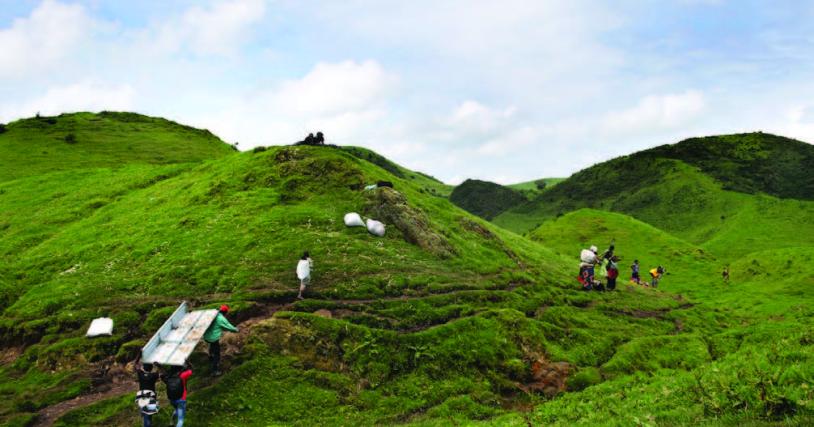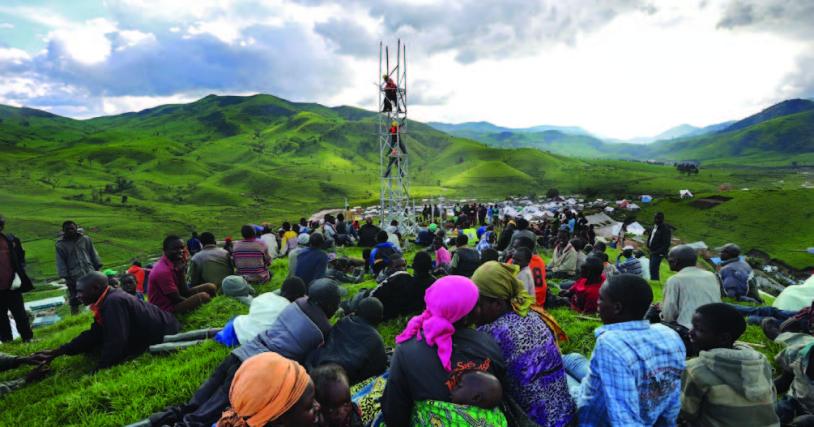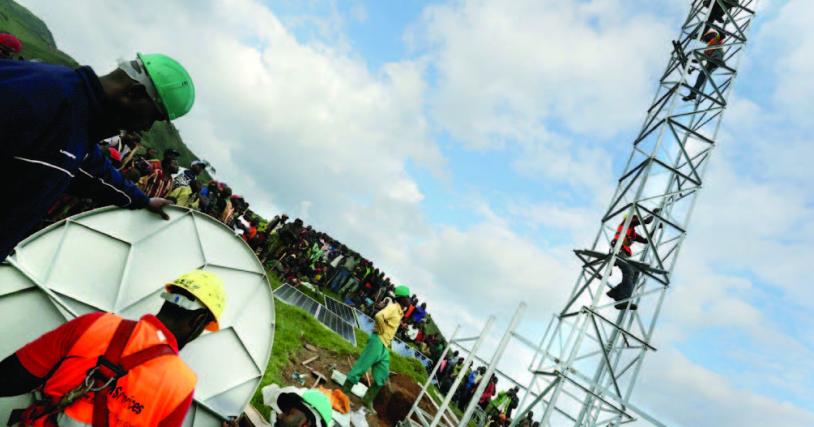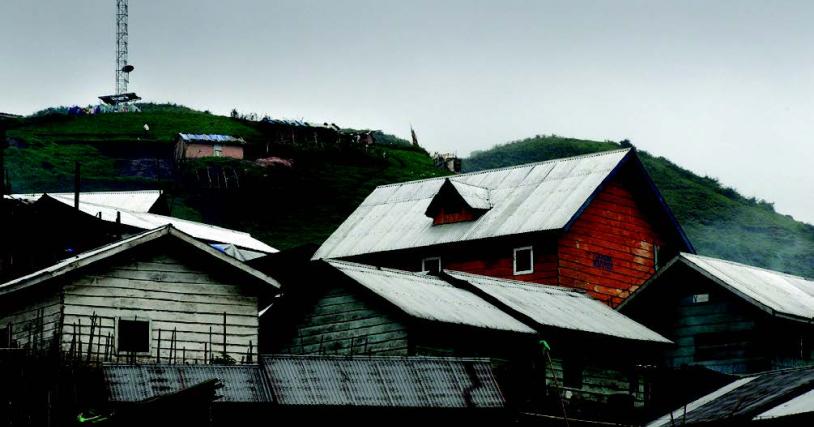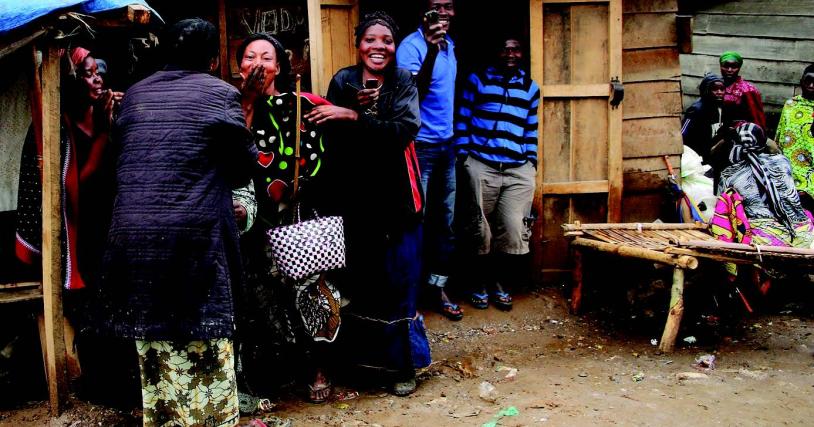Cellular Backhaul over Satellite in Democratic Republic of Congo
Large African mobile operator overcomes the hurdles of jagged mountains and muddy roads to provide uninterrupted cellular coverage across a country.
The increasing availability of mobile cellular technology is transforming life for many individuals and communities in Africa and other developing areas. Despite this revolution, the fact remains that almost one in every three African households still do not have access to mobile technology. This is especially true in more remote areas, such as areas high in the mountains of South Kivu, in the Democratic Republic of Congo (DRC), where providing connectivity is a herculean task.
In response to this disparity, one large African mobile communications company has committed to bringing portable, solar-powered mobile phone technology to this and other remote areas on the continent. In addition to boosting economic and social development, the hope is that, through increased communications capabilities, this conflict-ridden area will become safer. Its people will no longer be at the mercy of bandits and robbers because they will be able to connect with the government, law enforcement, and the outside world. To accomplish this goal, this provider has chosen to work with Hughes to deploy our field-proven, high-performance satellite broadband technology to deliver cellular backhaul services where they would otherwise be nearly impossible to implement.
Changing Lives
The Hughes satellite backhaul solution is compatible with all generations of cellular base station technologies – including 2G, 3G, and 4G/LTE – and is cost-effective in virtually any location, unlike terrestrial backaul solutions, whether fiber, cable, DSL, or microwave, which are prohibitively expensive in difficult-to-reach areas. This is the case in Numbi, a town in South Kivu where backhauling from base stations is virtually impossible via terrestrial means.
Roads do not lead past Kalunga, the small town that sits at the base of the South Kivu Mountains. To reach Numbi, workers must offload the heavy equipment and carry it up and down hillocks and berms. In the rainy season, they must also avoid muddy and slippery dirt roads. On foot, the journey is 27 km, and the weight of the kit’s equipment totals 2,660 kg.
A success story
The operator established a few sites, such as these across DRC, bringing cellular connectivity to the lives of many. Due to low cost, ease of expansion, and economies of scale, the operator decided to expand the network.
The Hughes satellite backhaul solution for this network now includes three gateway stations, approximately 800 remote Very Small Aperture Terminals (VSATs), and a comprehensive network management system. This infrastructure enables the operator to provide uninterrupted cellular service over Ku-band satellites.
Incorporating numerous advanced capabilities, including Hughes Adaptive Coding technology with support for DVB-S2, the industry’s leading satellite air interface, and Time Division Multiple Access (TDMA) for efficient multipoint use, the system delivers more than 45 Mbps of IP throughput. The highly scalable gateway architecture allows the operator to cost-effectively expand as needed.
Hughes gateways are designed for “lights-out” operation and can be fully managed from the operator’s Network Operations Center (NOC). No personnel are required for daily operations at the gateway in the DRC. The gateways are strategically collocated at an ideal location to provide coverage for the required regions, while experiencing the least amount of bad weather that could interrupt service.
Designed to scale to tens of thousands of users, the Hughes satellite backhaul solution is opening new opportunities for operators to extend coverage and provide much-needed mobile cellular connectivity to people in difficult-to-reach areas around the globe—such as in Numbi and other under-served regions of the DRC.
The following photo essay illustrates the tower installation procedure in Numbi. (Photo credit: Susan Schulman)
1. Workers bring the equipment to the tower site.
2. Villagers gather to watch the event as workers build the 18-meter tower.
3. It doesn’t take long for the tower to take shape.
4. Overlooking Numbi, the completed tower marks a day of great significance for this town.
5. Villagers are delighted when the service goes live and they are able to place their first calls.
